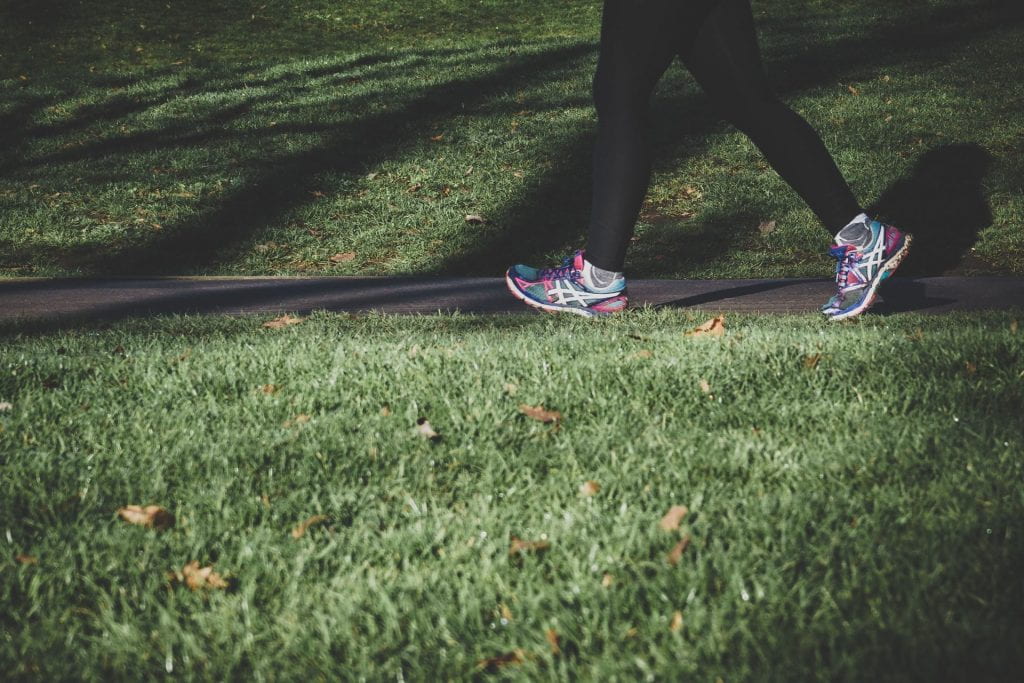In this blog post our Pete Burrows, our University and Run Series and Wellbeing expert, ‘joins the dots’ between the activity of running and our individual wellbeing. It is for people whose ‘personal best’ has nothing to do with numbers – be that race time or distance – and everything to do with being your most authentic, happiest self and living your best life.
COVID-19 and the Good News for Wellbeing
Global perceptions of physical activities, like running, have been thoroughly shaken up and questioned during the pandemic. With so many of the more “traditional” forms of activity off-limits as a result of gyms and indoor sports facilities closing, more of us than ever have turned to running, as a free, always-open, option. This has presented a unique and very real opportunity to continue to break every stigma, stereotype, and general misunderstanding surrounding what running looks like, who running is for, why we choose running as an activity, and the overarching benefits it gives.
Whilst reported levels of physical activity have fluctuated due to the ongoing restrictions, overall the perceived value of being active has grown significantly in the last year COVID-19.

The Bad News for Wellbeing
Simultaneously, we also now live in a time when the word “wellbeing“ has become a real hit as something we don’t necessarily fully understand, but can recognise as important and something we definitely need.
Wellbeing is becoming a consumable item; a marketing campaign; and an opportunity for profit not dissimilar to the latest model smartphone we’re told we absolutely need to make our lives better. I’ll go as far as to say that “wellbeing” is the least understood but most broadly utilised, term out there right now and has seemingly become the snake oil of our collective conscious.
How is this a problem for running, you ask? Well, because of these less-than-favourable perceptions of wellbeing, we unfortunately find ourselves in a position where those of us who aren’t already keen on running are now likely to be equally turned off by the notion of improving their wellbeing too.
However, to end of a more positive note, both running and wellbeing are not necessarily what you think. Below I will endeavour to myth-bust the misinformation, and open the door to a change in our perception where improved wellbeing can be achieved through the magic of running.
Defining Running
The Cambridge Dictionary defines “running” as “the activity of going somewhere quickly on foot, as a sport or for pleasure”
Wikipedia too, says – “Running is a method of terrestrial locomotion allowing humans and other animals to move rapidly on foot. Running is a type of gait characterized by an aerial phase in which all feet are above the ground.”
If we agree that ‘quickly’ and ‘rapidly’ are relative terms, we can pretty much distil running down to a simple definition… “going somewhere on foot for pleasure or sport with both feet off the ground”. In this way, running can be viewed on a continuum, one that shows a progression from standing, to walking, to running and eventually to more complicated stuff like exercise and sport.
Keeping our definition of running simple in this way hopefully helps to make it more appealing and accessible*, by avoiding the multitude of barriers, fears and stigmas that people encounter when thinking of it as anything more than a fundamentally natural and personal activity.

A new perception of ‘running’
The common narrative of running is old, stale, male, inaccurate, unhealthy and, in my opinion, unacceptable. Similarly, our start point for running should not promote a perception of running that is focused on elite sport, lycra, exercise, suffering, weight loss or performance.
At it’s core, running is movement, it is freedom, it is natural and, it should be fun. Running is just about you and how it looks and feels is for you to decide.
As bipedal (two legged) mammals, achieving movements like walking and running are the reason we are made the way we are. Everything from our skeletal architecture and the organisation of our surrounding tissues, to our evolutionary need to move around, eat, sleep and stay safe. Humans are running animals.
For those reading this who are not already active on a regular basis, I encourage you to take what I have shared in this post to challenge any negative perceptions of running that you may have and to give it a go. It need not be for long, or for a far distance, but instead for the exclusive purpose of feeling happier and healthier.
*Some people (myself included) aren’t able to run, either temporarily or permanently, and for a variety of reasons. I wanted to acknowledge this as sensitively as possible and will discuss this in future posts.
